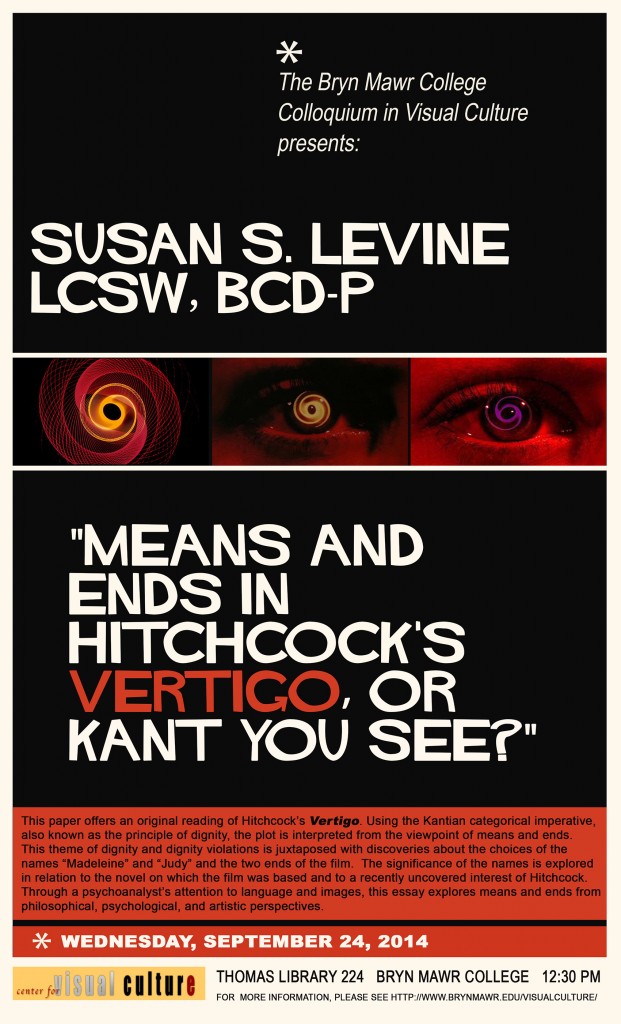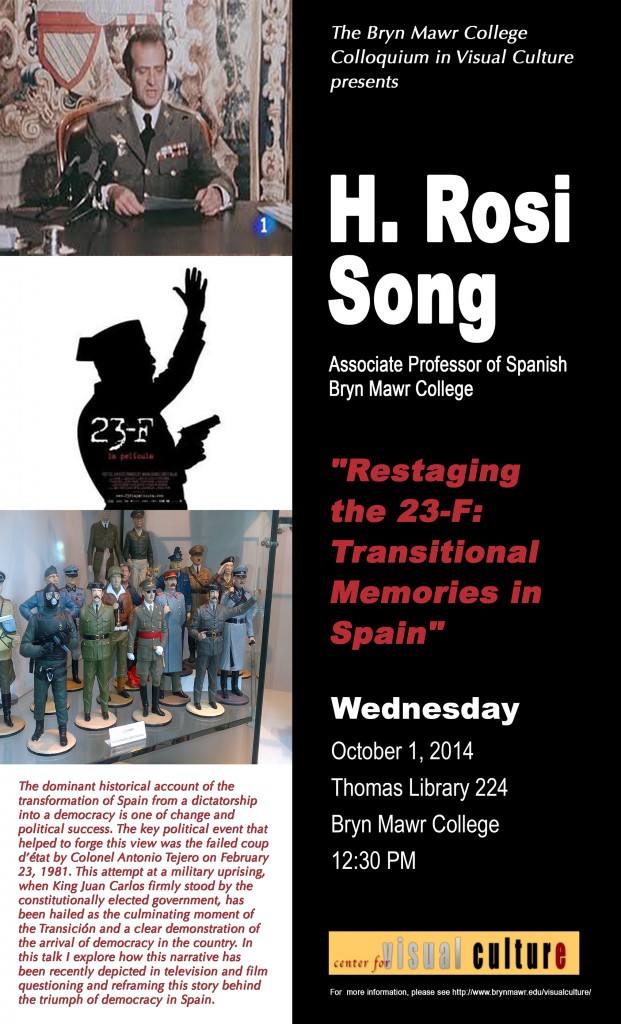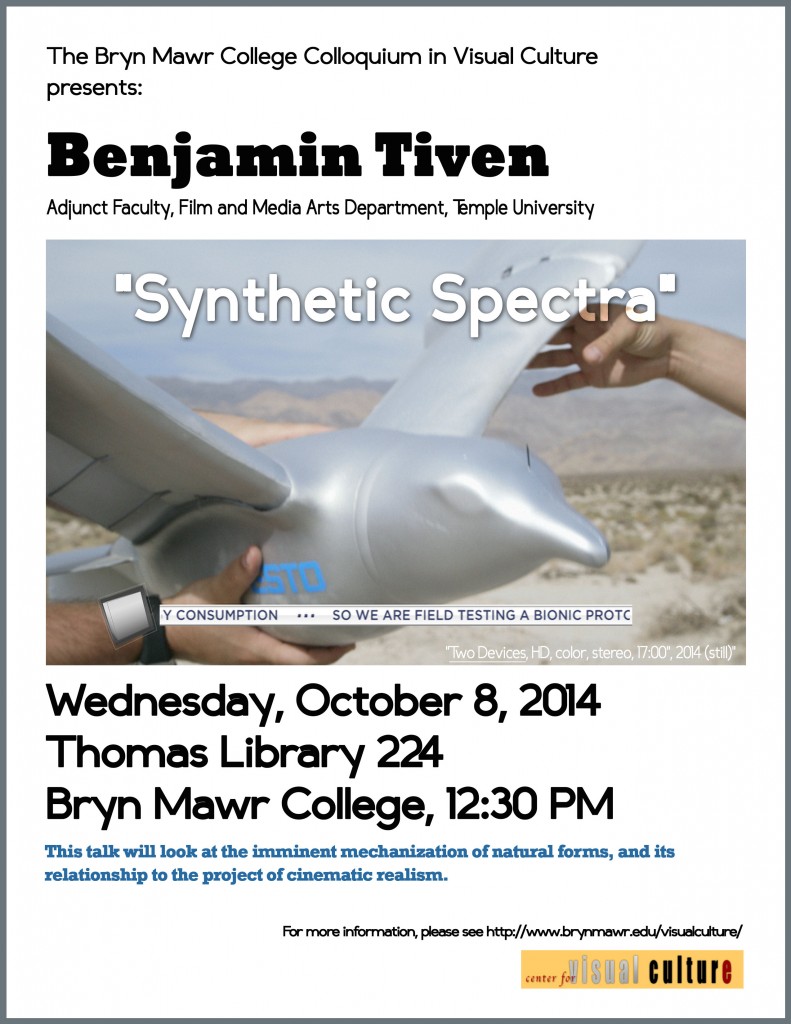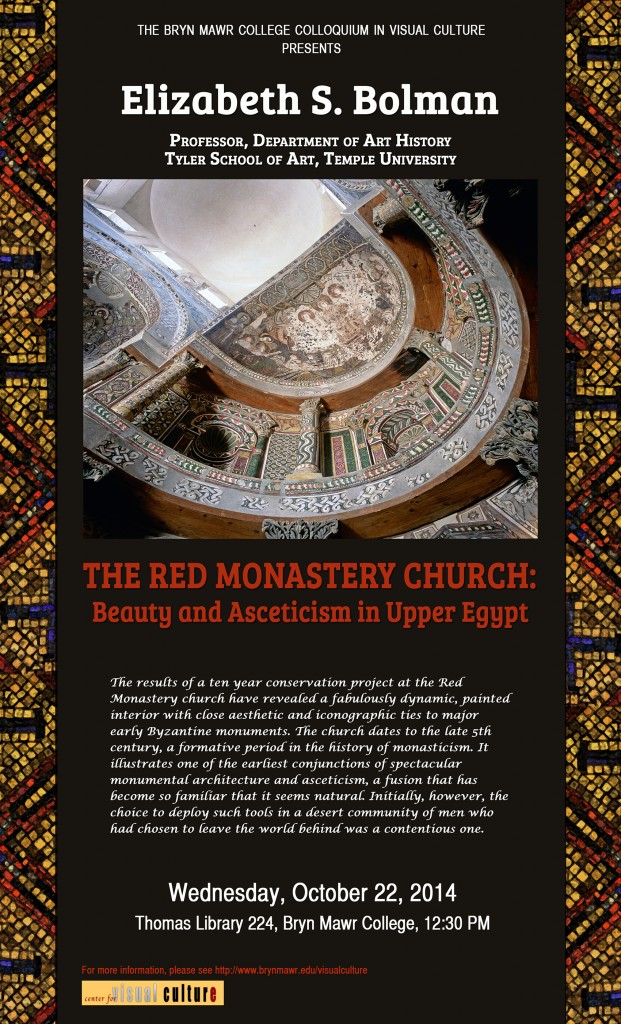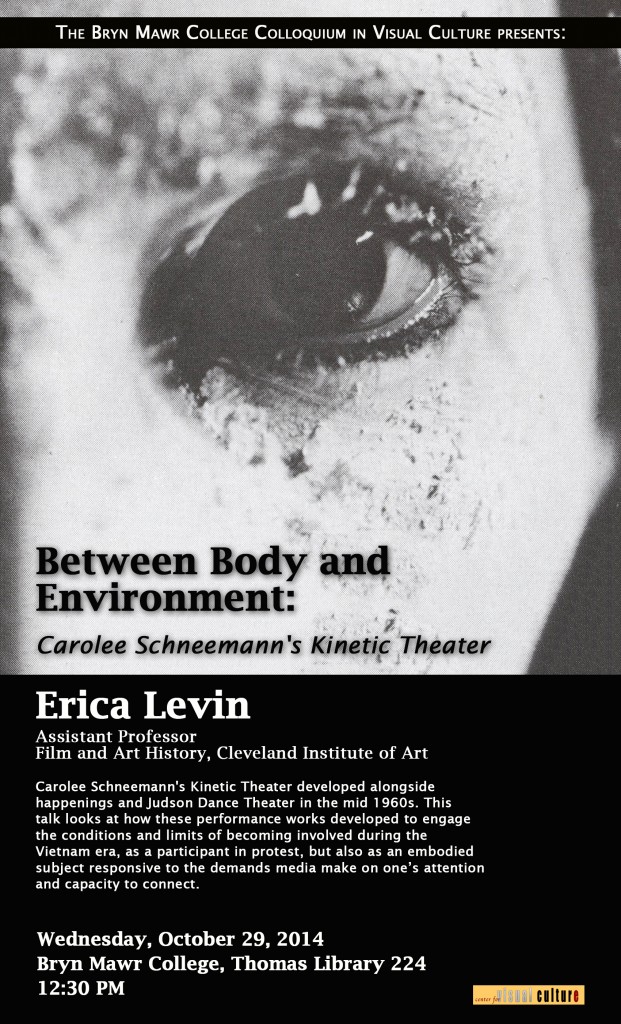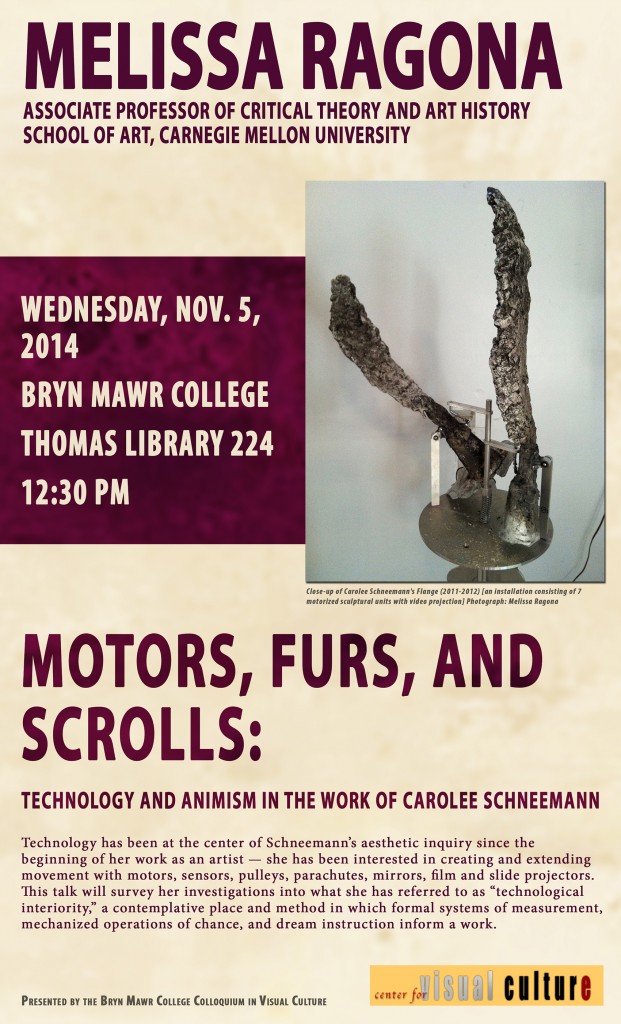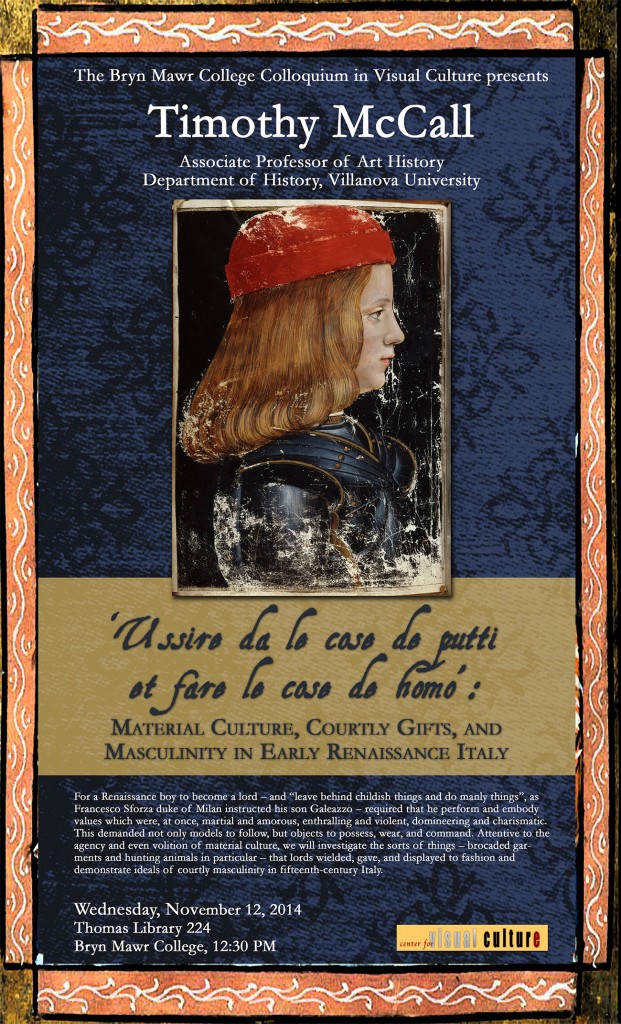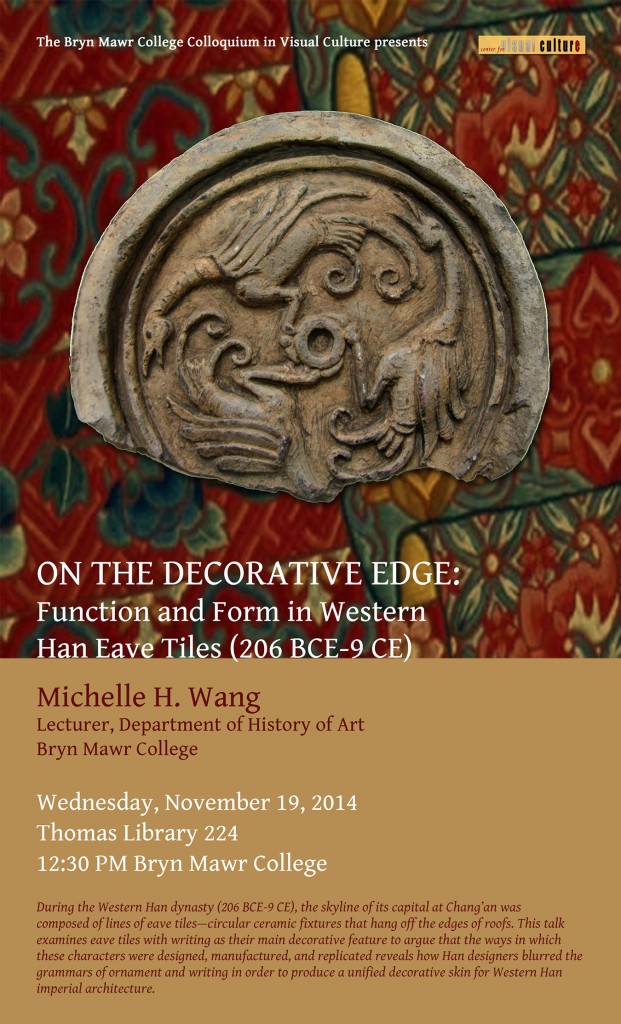“Means and Ends in Hitchcock’s Vertigo, or Kant You See?”
This paper offers an original reading of Hitchcock’s Vertigo. Using the Kantian categorical imperative, also known as the principle of dignity, the plot is interpreted from the viewpoint of means and ends. This theme of dignity and dignity violations is juxtaposed with discoveries about the choices of the names “Madeleine” and “Judy” and the two ends of the film. The significance of the names is explored in relation to the novel on which the film was based and to a recently uncovered interest of Hitchcock. Through a psychoanalyst’s attention to language and images, this essay explores means and ends from philosophical, psychological, and artistic perspectives.

